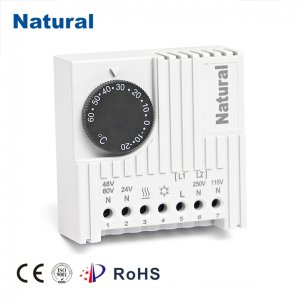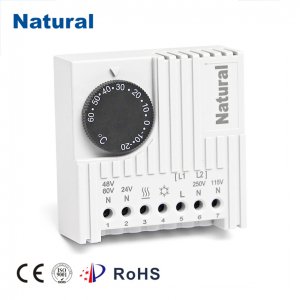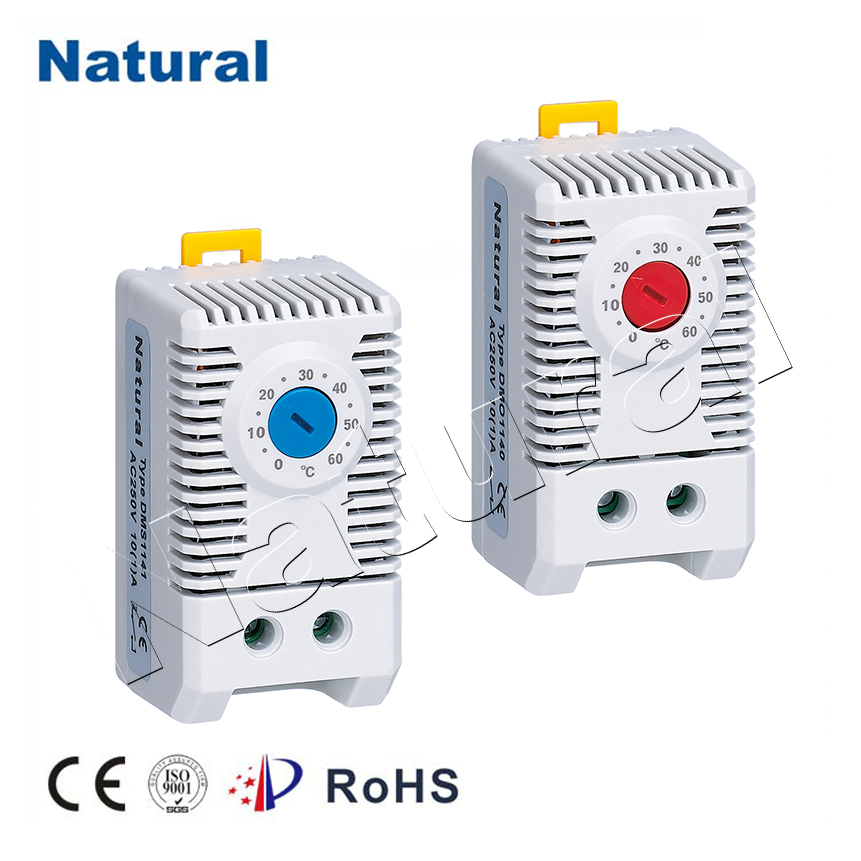A 24V thermostat is an essential component in modern heating, ventilation, and air conditioning (HVAC) systems. It plays a crucial role in maintaining comfortable indoor temperatures by regulating the operation of heating and cooling equipment. This article delves into the key features, benefits, and considerations when choosing a 24V thermostat for your home or commercial space.

What is a 24V Thermostat?

A 24V thermostat operates on a low voltage system, typically using 24 volts of electricity. This voltage level is standard for most residential HVAC systems, allowing for safe and efficient operation. Unlike line voltage thermostats, which operate at higher voltages (typically 120V or 240V), 24V thermostats are often preferred for their safety and compatibility with a wider range of HVAC systems. Key Features of 24V Thermostats 1. Compatibility with HVAC Systems One of the primary advantages of a 24V thermostat is its compatibility with various HVAC systems, including central heating, air conditioning, and heat pumps. This versatility makes it a popular choice for homeowners looking to control multiple systems with a single device.
